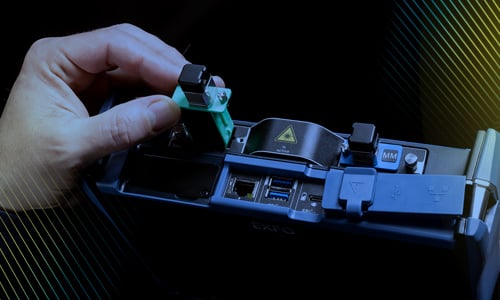The end of backhaul...?
Cloud-radio-access-network (C-RAN) architecture is continuously evolving to increase bandwidth and coverage as much as possible, while also keep costs under tight control.
Currently, the most popular topology for bringing fiber-based data to the remote radio head (RRH) at the top of the tower consists of pushing data out from the central office (CO) to a baseband unit (BBU) at the bottom of the tower. This part of the system is commonly referred to as the cellular (or mobile) backhaul network. While this scenario may save some energy due to the fact that it’s already deployed in many places, securing the cell site will increase OPEX and CAPEX. In addition, the cell-site cabinets are small, with limited access and room for growth.
Consequently, BBU centralization within the CO (often referred to as BBU hostelling) has already started to be deployed in some places, and is gaining traction. With this topology, BBU will support multiple cell sites, as opposed to just a single one—meaning no more BBU directly at the base of the tower. The fiber leaving this CO toward the towers will carry digital radio over fiber (D-RoF). This entire optical distribution network is now referred to as the fronthaul network, since there is no longer any equipment delimiting the front of the fiber-fed tower. If the BBU is co-located with the node of the core network, what was previously referred to as the backhaul will no longer be needed.
Some of the advantages of this topology are fairly obvious: extremely low latency between the BBU for better throughput, less interfaces to the core network, and management simplification. The footprint is reduced, as is the cost of site installation and maintenance. And in most cases, the fiber is already available.
As is true for mobile backhaul, this fiber will require accurate testing, including connector inspections, link budget, return loss and splice quality (in other words, your basic set of probes, power meters, or OLTS, OTDRs or iOLMs).




